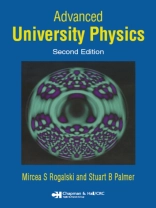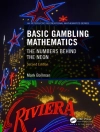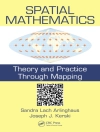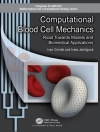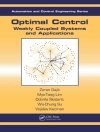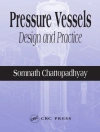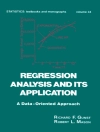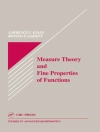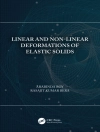To move from empirical-based physics to the theoretical abstractness required for advanced physics requires a paradigmatic shift in logic that can challenge even the brightest mind. Grasping the play of phenomena as they are described in introductory compendiums does not necessarily create a foundation that allows for the building of a bridge to the higher levels of theoretical physics.In the first edition of Advanced University Physics, respected physicists Stuart Palmer and Mirc...
To move from empirical-based physics to the theoretical abstractness required for advanced physics requires a paradigmatic shift in logic that can challenge even the brightest mind. Grasping the play of phenomena as they are described in introductory compendiums does not necessarily create a foundation that allows for the building of a bridge to the higher levels of theoretical physics.In the first edition of Advanced University Physics, respected physicists Stuart Palmer and Mircea Rogalski built that bridge, and then guided readers across it. Serving as a supplement to the standard advanced physics syllabus, their work provided a succinct review of course material, while encouraging the development of a more cohesive understanding of theoretical physics. Now, after incorporating suggestions from many readers and colleagues, the two authors have revised and updated their original work to produce a second, even more poignant, edition. Succinct, cohesive, and comprehensive, Advanced University Physics, Second Edition brings individuals schooled in the rudiments of physics to theoretical fluency. In a progression of concise chapters, the text clarifies concepts from Newtonian Laws to nuclear dynamics, while introducing and building upon the theoretical logic required to operate in the world of contemporary physics. Some chapters have been combined to improve relational clarity, and new material has been added to cover the evolving concepts that have emerged over the last decade in this highly fluid field. The authors have also added a substantial amount of relevant problems and at least one pertinent example for every chapter. Those already steeped in physics will continue to find this work to be a useful reference, as the book’s 47 chapters provide the opportunity to become refreshed and updated on a great number of easily identified topics.
